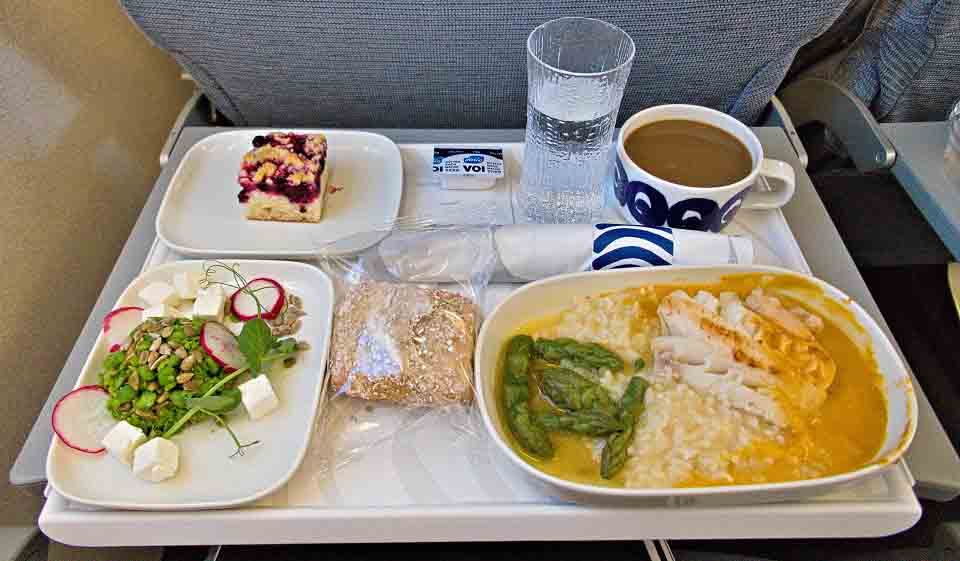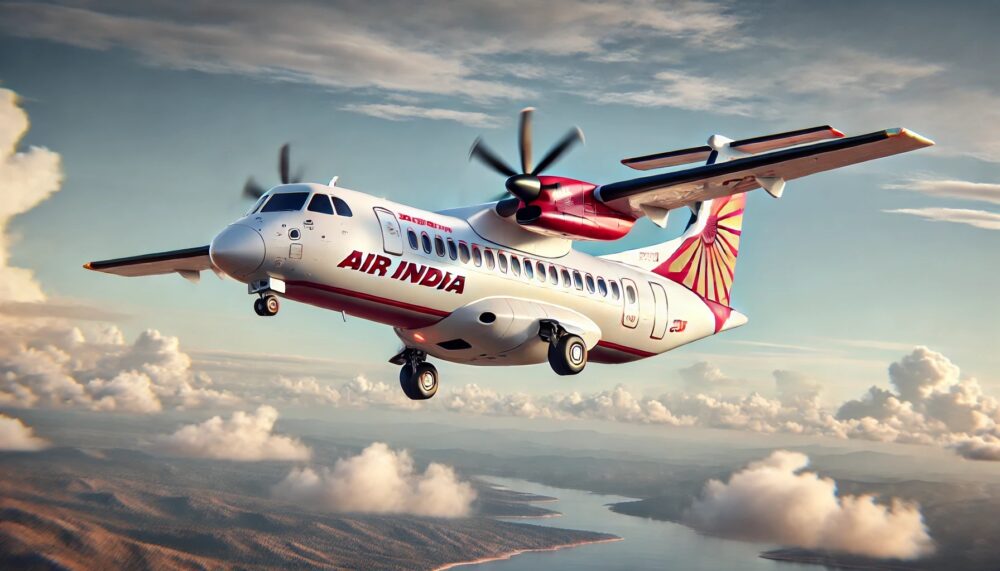Aviation
Does airline food have more salt? Here is the answer.

Whenever you fly with an airline, you often notice that the taste of the food is different from what you’re accustomed to on the ground. While passengers sometimes prioritize the food experience, have you ever wondered why airline food tends to be saltier? Let’s delve into this in the video.
Airline food has 15% more salt
One of the main challenges for chefs crafting meals served on airplanes is ensuring they are flavorful for passengers. To achieve this, chefs typically add more salt and seasoning, roughly 15% more salt is used, given that our taste buds are less sensitive by about 30% when we’re airborne.
The Role of Sodium: Sodium is a key ingredient used to enhance flavor, especially in the air where our senses can be dulled. On average, airline meals contain over 800mg of sodium, exceeding 40% of the daily limit recommended by the World Health Organization.
Altitude Alters Perception
Flavors are perceived differently at higher altitudes due to the dry cabin air and low humidity levels, which can diminish our ability to taste and smell. To compensate, airline chefs amp up the salt and seasoning to elevate the food’s taste.
Airline’s food Preservation:
Airline meals are prepared in advance and stored, necessitating longer preservation times. Salt serves as a natural preservative, ensuring the food maintains its quality and safety during storage and transportation.
However, excessive salt intake can pose health risks such as high blood pressure and dehydration, particularly problematic during air travel. Therefore, it’s crucial for airlines to strike a balance between flavor enhancement and maintaining a healthy sodium level in their meals.
An Indian content creator and food analyst discovered that the Indian-based carrier, IndiGo Airlines, incorporates higher levels of salt into its meals compared to standard food practices. According to him, “Many of us are aware that Maggi is high in sodium! What most don’t realize is that IndiGo’s Magic Upma contains 50% more sodium than Maggi, IndiGo’s Poha boasts approximately 83% more sodium than Maggi, and even Daal Chawal matches Maggi’s sodium content.”

Aviation
Air India Might Operate Tata-Made New Airbus C295 Aircraft

Tata Group’s expansion into the aviation sector continues to gain momentum, with Tata Advanced Systems Limited (TIAL) recently inaugurating the final assembly line (FAL) facility for the Airbus C295 transport aircraft.
Currently, Indian airlines are purchasing aircraft from ATR and De Havilland, focusing on shorter regional routes. These are propeller-based aircraft, similar to the C295. If Airbus and TATA go forward with this plan, it could be a major breakthrough for their business collaboration.
This international airline is offering free flight tickets to Indian travelers
If Air India shows interest in operating the C295, it would offer significant advantages. Since its parent group is involved in the aircraft’s production, Air India could benefit from streamlined access to parts and maintenance, leading to cost savings and operational efficiency.
This marks an exciting new chapter, as TIAL is also planning to develop a civilian variant of the C-295, which could potentially be operated by its own airline, Air India. If this vision comes to fruition, Air India might become the first carrier to operate the civilian C-295, marking a significant milestone for both the airline and the country’s aviation landscape.
The C295 can accommodate up to 71 passengers, close to the ATR 72’s capacity of around 78. This aircraft would be especially reliable for airlines, as parts would be readily available due to the assembly plant in India. While the C295 is primarily used for military operations, a commercial version would be a game-changer for the airline industry, providing a win-win situation for both Airbus and TATA. This could also lead to more competitive pricing.
Airbus Final Assembly Line Adapts for A350 Freighter Production
This move is aligned with the growing demand for regional connectivity in India, where smaller, regional airports require more versatile aircraft to meet travel needs. The C-295’s short take-off and landing (STOL) capabilities make it an ideal choice for connecting these regional airports, many of which have shorter runways that are not suited to larger commercial jets.
By introducing turboprop aircraft into its fleet, Air India could fill an important gap in the market, providing crucial connectivity to underserved destinations.
The potential introduction of a civilian version of the C-295 offers several benefits. First, it could significantly reduce operating costs for Air India, especially with domestic production. Having an aircraft manufactured within the country would allow for more affordable maintenance, support, and easier fleet expansion.
Three Major UK Airports Up for Multi-Billion Pound Sale
Furthermore, this move would complement the Make in India initiative, reinforcing the government’s vision to boost the country’s domestic manufacturing sector, particularly in the aerospace industry.
Additionally, the C-295’s versatility in both passenger and cargo configurations would make it an attractive choice for mixed-traffic regional routes. The fuel efficiency of turboprop aircraft over shorter distances also aligns with the need for cost-effective operations on regional routes, where airlines face increasing competition.
If Tata’s ambitious plans for a civilian C-295 materialize, it would not only strengthen the Tata Group’s position as a key player in both the military and civilian aviation sectors but also contribute to India’s rise as a competitive force in the global aerospace market.
For Air India, this shift towards operating a domestically manufactured aircraft would further underline its commitment to the country’s aviation future.
-

 Aviation2 months ago
Aviation2 months agoMicrosoft Flight Simulator Raises $3 Million to Bring Back the An-225 Mriya
-

 Airlines2 months ago
Airlines2 months agoQatar Citizens Can Travel to the United States Without a Visa
-

 Aviation2 months ago
Aviation2 months agoQatar Airways bans these new Electronic Devices on plane
-

 Defence2 months ago
Defence2 months agoWhich Country Has the Largest Fleet of Fighter Aircraft?
-

 Airlines5 days ago
Airlines5 days agoDAMAC Air: Dubai’s New Luxury Airline Offers Free Flights for Registration
-

 Airport2 months ago
Airport2 months agoWestern Sydney Airport Welcomes Its First Plane After 6 Years of construction
-

 Airlines4 days ago
Airlines4 days agoAir India to Launch aircraft maintenance training institute in Bengaluru
-

 Aviation2 months ago
Aviation2 months agoDid you know ? Once Boeing 747 carried 1088 passenger in 1991








